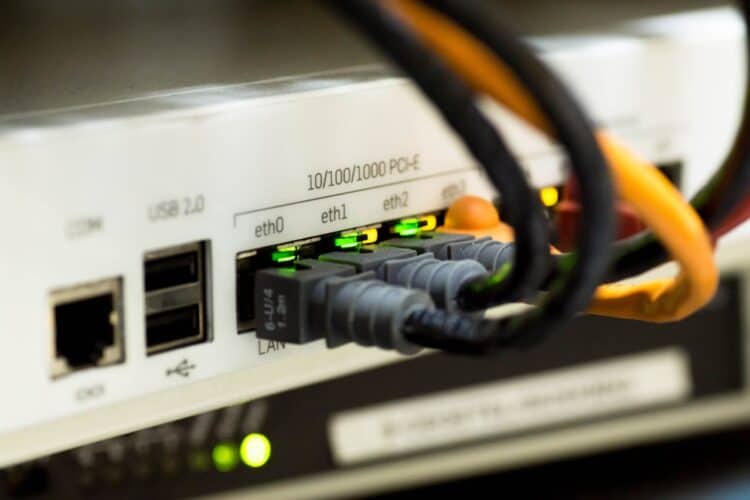The enterprise wireless local area network (WLAN) market has shown a surprising growth spurt, expanding by 5.8% from the second to the third quarter of 2024, according to the latest report from the International Data Corporation (IDC). Yet, while this growth may seem promising, it masks underlying challenges that could signal a turbulent future for the industry.
With a revenue of $2.5 billion in the third quarter, this sequential growth follows a notable 12.4% increase earlier in the year. However, the enterprise WLAN market remains in a precarious position, down 1.7% year-on-year and facing a staggering 17.5% decline through the first three quarters of 2024 compared to the peak revenues of 2023. This paints a picture of an industry grappling with the aftermath of a volatile supply chain crisis that has plagued the market since the COVID-19 pandemic.
“The WLAN industry continues to be a dynamic market, driven by a variety of trends. The market is steadily marching back to normalisation in supply and demand dynamics, showing growth progress on a quarter-over-quarter basis.” Brandon Butler
A senior research manager at IDC, he also highlighted the increasing adoption of new Wi-Fi standards, with Wi-Fi 6E now accounting for 31.7% of access point market revenues, a significant rise from 20.4% a year earlier.
Geographically, the enterprise WLAN market displays uneven performance. The United States reported a 3.2% decline year-on-year, yet saw a sequential increase of 10.7% from the second to the third quarter. In Western Europe, modest growth of 0.2% year-on-year and 4.2% sequentially suggests a stabilising market, while Central and Eastern Europe showed similar trends. Conversely, the Asia Pacific region, excluding Japan and China, faced a 4.4% year-on-year decline.
Major players in the market have exhibited mixed performances. Cisco continues to dominate with $1.0 billion in revenues, despite a 5.7% decline year-on-year. HPE Aruba Networking, on the other hand, has seen a remarkable 23.9% year-on-year growth, capturing 15.1% of the market. Ubiquiti also reported strong growth, increasing by 27.5% year-on-year.
Despite these figures, the spectre of uncertainty looms over the enterprise WLAN market. With traditional giants like Cisco struggling to maintain their foothold, and newer entrants gaining traction, the question remains: is the enterprise WLAN market on the brink of a significant shake-up, or merely stabilising after a period of chaos? The coming months will be crucial in determining the trajectory of this critical sector.



